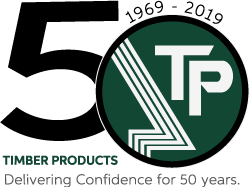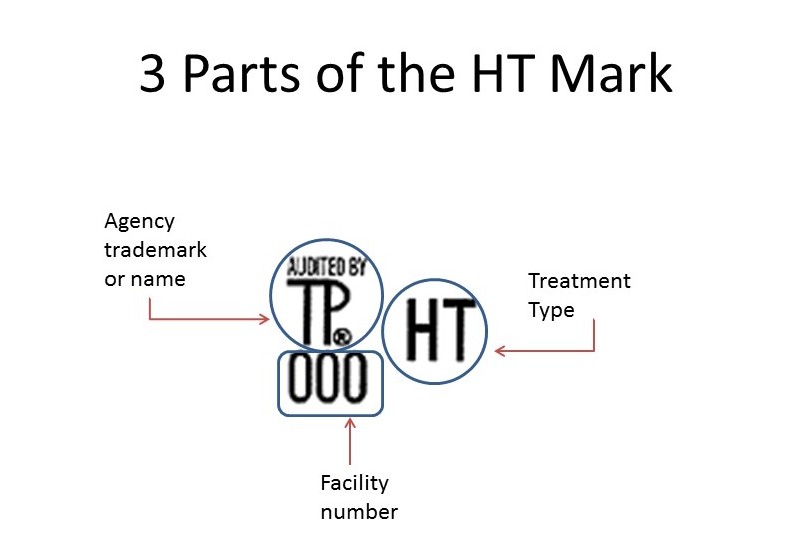Our Mission Statement
As a responsible partner TP delivers to clients, employees and the industries we serve the confidence to drive value through the effective use of our diverse professional team.
As a responsible partner TP delivers to clients, employees and the industries we serve the confidence to drive value through the effective use of our diverse professional team.
As global consumer trends and demands continue to shift at an escalating pace, a new Forest2Market report shows that both structural and temporal market shifts in recent decades have impacted the markets for wood fiber residuals. The report, Changes in the Residual Wood Fiber Market 2004 to 2017, analyzes data from the US Forest Service, Forest2Market’s proprietary database of timber transactions and other scientific research in the US South and the Pacific Northwest (PNW) to understand the relationship between the supply and demand of wood residual materials over a 14-year period. The report was commissioned by Resources for the Future (RFF), the US Endowment for Forestry & Communities, Inc.(Endowment) and the National Wooden Pallet & Container Association (NWPCA).
The study found that the underlying market forces that most impacted the residual market in these two regions include:
“While global markets continue to chase consumer trends, this report clearly demonstrates that rapidly-changing preferences present new opportunities for an evolving forest industry” said Pete Stewart, President and CEO of Forest2Market. “Structural changes have affected the hardwood market in the South in ways that cannot be reversed, and the increased demand for softwood makes the resource-dense region a profitable destination with globally-low cost structures. However, any growth opportunity in the PNW will be hamstrung due to high costs and resource constraints.”
Strong markets for products like wood chips, biofuels and sawdust, allow the wood packaging sector to approach zero-waste,” said National Wooden Pallet & Container Association President & CEO Brent McClendon. “We were pleased to work with Forest2Market on this timely study as the current trends impacting hardwood and softwood residuals markets needed to be better understood.” McClendon continued, “The wood packaging industry is proud that 95% of all wood pallets are reused, refurbished, and recycled. In addition to being used for wood pellets, mulch, and paper, our industry’s environmental success story needs a full array of strong markets for wood residuals, and this study provides useful information to guide future policy discussions.”
Courtesy of John Greene, Forest2Market
"Far better is it to dare mighty things, to win glorious triumphs, even though checkered by failure... than to rank with those poor spirits who neither enjoy nor suffer much, because they live in a gray twilight that knows not victory nor defeat."
Theodore Roosevelt
 Timber Products Inspection Celebrates 50 Years in Business
Timber Products Inspection Celebrates 50 Years in Business
Since Howard Powell's vision became a reality in 1969, Timber Products Inspection (TP) has been delivering confidence to the forest products industry through its auditing and lab testing services.
Wood Packaging became a part of TP's business in 1990 when the NWPCA chose TP for auditing their newly developed SPEQ program (Specialized Pallets Engineered for Quality). In 2001, ISPM 15 was introduced in the U.S. and TP was on the forefront in attaining ALSC accreditation to perform audits in this important program.
As we move forward into the future, TP works to stay on the cutting edge in providing the best service that our people and technology can offer. We are determined to always be the best at delivering confidence to the forest products industry.


For a facility to use commodity lumber to build IPPC conforming WPM, the lumber must have an HT mark on each piece when received at the facility. The HT mark is comprised of three parts as shown above. Additional information such as grade identification may be present, but the mark must have the three required elements. If you have purchased HT lumber that arrives without this mark, you should keep the bundles intact and contact your supplier to arrange for replacement of the unmarked material.

Below is an updated list of countries participating in the ISPM 15 program:
| North America | Africa |
| United States * | Algeria |
| Canada * | Cameroon |
| Mexico | Egypt |
| Kenya | |
| Latin America | Nigeria |
| Argentina | Senegal |
| Brazil | Seychelles |
| Bolivia | South Africa |
| Chile | Tanzania |
| Columbia | Tunisia |
| Costa Rica | |
| Cuba | Asia |
| Dominican Republic | Australia |
| Ecuador | China |
| Guatemala | India |
| Honduras | Indonesia |
| Jamaica | Israel |
| Nicaragua | Iran |
| Paraguay | Japan |
| Peru | Jordan |
| Trinidad & Tobago | Lebanon |
| Venezuela | Malaysia |
| Maldives | |
| Europe | Myanmar |
| European Union ** | New Zealand |
| Herzogovina | Oman |
| Montenegro | Philippines |
| Norway | South Korea |
| Switzerland | Sri Lanka |
| Turkey | Syria |
| Ukraine | Taiwan |
| Thailand | |
| Timor-Leste | |
| Vietnam |
*The U.S. and Canada currently maintain a bilateral agreement allowing for the movement of WPM across each other's border without ISPM 15 marks.
**European Union - Austria, Belgium, Bulgaria, Croatia, Cyprus, Czech Republic, Denmark, Estonia, Finland, France, Germany, Greece, Hungary, Ireland, Italy, Latvia, Lithuania, Luxembourg, Malta, Netherlands, Poland, Portugal, Romania, Slovakia, Slovenia, Spain, Sweden, United Kingdom
There are countries not on this list that are enforcing ISPM-15 without any published regulation. It is recommended to use ISPM-15 compliant wood packaging regardless of international destination.
Content courtesy of the NWPCA.